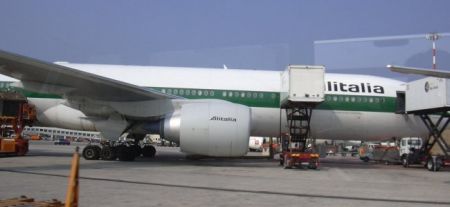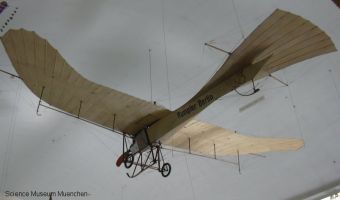


 |
 |
 |
Planes
According to Bernoulli's Law a faster flow causes a lower pressure exerted by the flowing fluid. Therefore, planes have a convex profile of their wings - the convex surface is the upper one. In this respect they resemble flat-convex lenses in their shape. The curved upper surface provides longer flow of air as compared to the lower part of it. The difference between a smaller pressure on the upper surface and greater on the lower one gives a resultant net force called the lift of a wing, which should balance the weight of a plane.

Usually the centre of gravity of a plane is not located right under the (bigger) wings. Horizontal fin at the rear (which allows for steering a plane) provides some supplementary upward thrust. It is the resultant lift that balances the weight of the plane.

Even a plane-shaped wing positioned at an angle to the horizon, as a plane during a take off, provides lift force by air resistance. But such force is considerably weaker compared to the Bernoulli's effect lift.
JW Player goes here
|